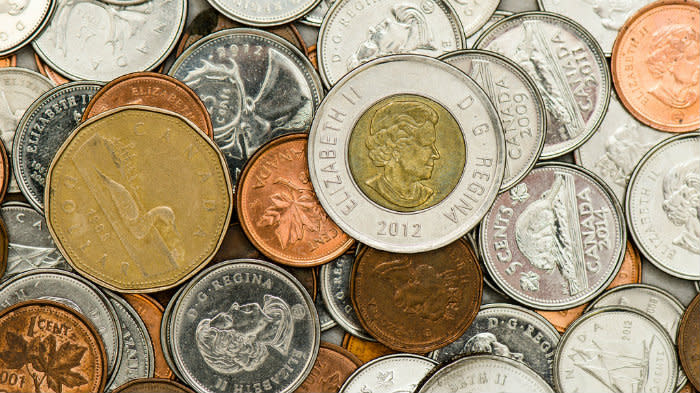Finding the Dividend-Growth Tortoise With Empire Company Limited

After a terrible 2016, shares of Empire Company Limited (TSX:EMP.A) may still yet be a major contender to win the race. As most of us were taught as children, there is value in hard work and planning; you?ve undoubtedly heard the story of the tortoise and the hare.
For those who have not, let me quickly explain.
The tortoise and the hare had to race. The tortoise knew he was very slow and started right away, moving very slowly to the finish line and taking several hours. The hare spent more time boasting to his friends about how fast he was and how he was going to easily beat the tortoise. The hare spent so much time flattering himself, he failed to realize the tortoise had finished the race before the hare even began. Shame on him.
Although many investors enjoy the high risk/high reward investing approach, I have always been a huge fan of the tortoise. The tortoise is dependable and understands his circle of competence.
Shares of Empire Company Limited can be compared to the tortoise. Going back to fiscal 2013 (which ends in early May 2013), dividends paid totaled $0.32 per share for the year. For fiscal year 2014, dividends paid increased by only $0.03 per share to $0.35. Measured as a percentage, the increase is slightly more than 9%. For fiscal 2015, the increase was by $0.01 to $0.36 per share (a 2.8% increase), while in 2016 the dividend went up by $0.04 per share to $0.40 per share (an increase of 11.1%).
For fiscal 2017, which began in early May (of 2016), the quarterly dividend paid has been a consistent $0.10 per share. The company only needs a small increase of a penny or more to keep the streak alive, so it is in excellent condition to reward investors who have been patient in the past year.
Although a write-down was the reason for the major loss experienced by the company, the reality is, investors who dig just a little deeper into the financial statements will quickly realize the dividends paid account for no more than 12.5% of CFO (cash from operations).
In addition, capital expenditures have handsomely outweighed the depreciation expense, signaling the company is putting itself in a better position to serve customers.
For the first half of fiscal 2017, dividends have accounted for less than 15% of CFO, while capital expenditures have continued to outweigh depreciation. The tortoise is moving well down the stretch!
Although there are headwinds at this time, I still prefer to pick the driver with the character to plan in advance and get an early start. In the case of Empire Company Limited, the gas tank is very full and the driver is ready to go, albeit very slowly. How management will choose to use the fuel in the coming years may turn this 2.5% yield into a significantly lucrative investment.
Stocks for investors looking to earn more and risk less...
According to a study from RBC Capital Markets, if you had invested $10,000 into one often overlooked class of stock in 1986...
27 years later you would have had $86,346 more than if you had invested in the S&P/TSX index instead -- and you would have experienced even less volatility along the way.
Which is why we asked one of our top analysts -- and experts in this field -- to put together a special report highlighting three of his favorite "earn more, risk less" stocks to buy right now.
For a limited time you can get a copy of this brand new special report free of charge by simply clicking here.
More reading
Fool contributor Ryan Goldsman has no position in any stocks mentioned.
Stocks for investors looking to earn more and risk less...
According to a study from RBC Capital Markets, if you had invested $10,000 into one often overlooked class of stock in 1986...
27 years later you would have had $86,346 more than if you had invested in the S&P/TSX index instead -- and you would have experienced even less volatility along the way.
Which is why we asked one of our top analysts -- and experts in this field -- to put together a special report highlighting three of his favorite "earn more, risk less" stocks to buy right now.
For a limited time you can get a copy of this brand new special report free of charge by simply clicking here.
Fool contributor Ryan Goldsman has no position in any stocks mentioned.

 Yahoo Finance
Yahoo Finance 